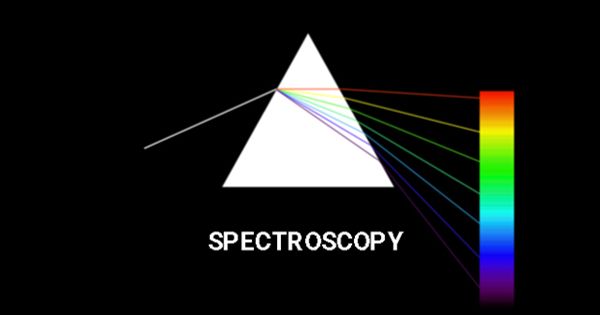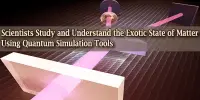About Transistor
Introduction
The Transistor is the fundamental building block of modern electronic devices, and is ubiquitous in modern electronic systems. A transistor is an electronic component used in a circuit to control a large amount of current or voltage with a small amount of voltage or current. This means that it can be used to amplify or switch (rectify) electrical signals or power, allowing it to be used in a wide array of electronic devices.

Transistors are made from silicon, a chemical element found in sand, which does not normally conduct electricity; it doesn’t allow electrons to flow through it easily. Silicon is a semiconductor, which means it’s neither really a conductor something like a metal that lets electricity flow nor an insulator something like plastic that stops electricity flowing.
The first practical point-contact transistor was built in 1948 by William Bradford Shockley, John Bardeen, and Walter House Brattain. Patents for the concept of a transistor date as far back as 1928 in Germany, though they seem to have never been built, or at least no one ever claimed to have built them. The three physicists received the 1956 Nobel Prize in Physics for this work.

Structure of Transistor
There are essentially two basic types of point-contact transistors, the npn transistor and the pnp transistor, where the n and p stand for negative and positive, respectively. The only difference between the two is the arrangement of bias voltages.
To understand how a transistor works, you have to understand how semiconductors react to an electric potential. Some semiconductors will be n-type, or negative, which means that free electrons in the material drift from a negative electrode of, say, a battery it’s connected to toward the positive.
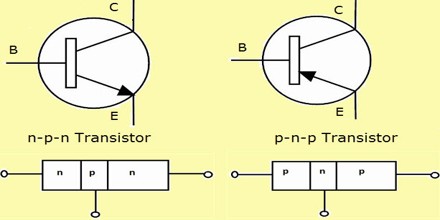
Other semiconductors will be p-type, in which case the electrons fill “holes” in the atomic electron shells, meaning that it behaves as if a positive particle is moving from the positive electrode to the negative electrode. The type is determined by the atomic structure of the specific semiconductor material.
Transistors are the basic elements in integrated circuits (IC), which consist of very large numbers of transistors interconnected with circuitry and baked into a single silicon microchip.
Types of Transistors
There are a wide variety of transistor types that have been developed since 1948. Here’s a list of various types of transistors:

- Bipolar junction transistor (BJT)
- Field-effect transistor (FET)
- Heterojunction bipolar transistor
- Unijunction transistor
- Dual-gate FET
- Avalanche transistor
- Thin-film transistor
- Darlington transistor
- Ballistic transistor
- FinFET
- Floating gate transistor
- Inverted-T effect transistor
- Spin transistor
- Photo transistor
- Insulated gate bipolar transistor
- Single-electron transistor
- Nanofluidic transistor
- Trigate transistor (Intel prototype)
- Ion-sensitive FET
- Fast-reverse epitaxal diode FET (FREDFET)
- Electrolyte-Oxide-Semiconductor FET (EOSFET)
How Transistors Work
A transistor is really simple—and really complex. Let’s start with the simple part. A transistor is a miniature electronic component that can do two different jobs. It can work either as an amplifier or a switch:
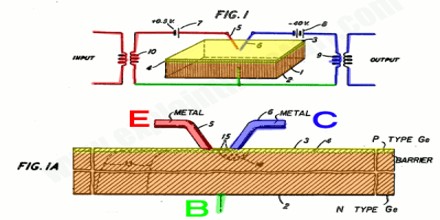
When it works as an amplifier, it takes in a tiny electric current at one end (an input current) and produces a much bigger electric current (an output current) at the other. In other words, it’s a kind of current booster. That comes in really useful in things like hearing aids, one of the first things people used transistors for.
Transistors can also work as switches. A tiny electric current flowing through one part of a transistor can make a much bigger current flow through another part of it. In other words, the small current switches on the larger one. This is essentially how all computer chips work.
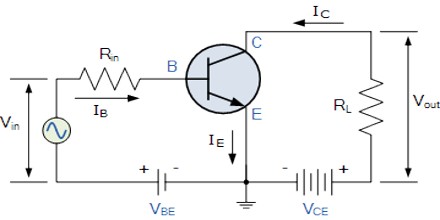
Benefits of Transistors
Compared to the vacuum tubes that were used previously, the transistor was an amazing advance. Smaller in size, the transistor could easily be manufactured cheaply in large quantities. They had various operational advantages, as well, which are too numerous to mention here.
Some consider the transistor to be the greatest single invention of the 20th century, since it opened so much in the way of other electronic advancements. Virtually every modern electronic device has a transistor as one of its primary active components. Because they are the building blocks of microchips, computer, phones, and other devices couldn’t exist without transistors.

